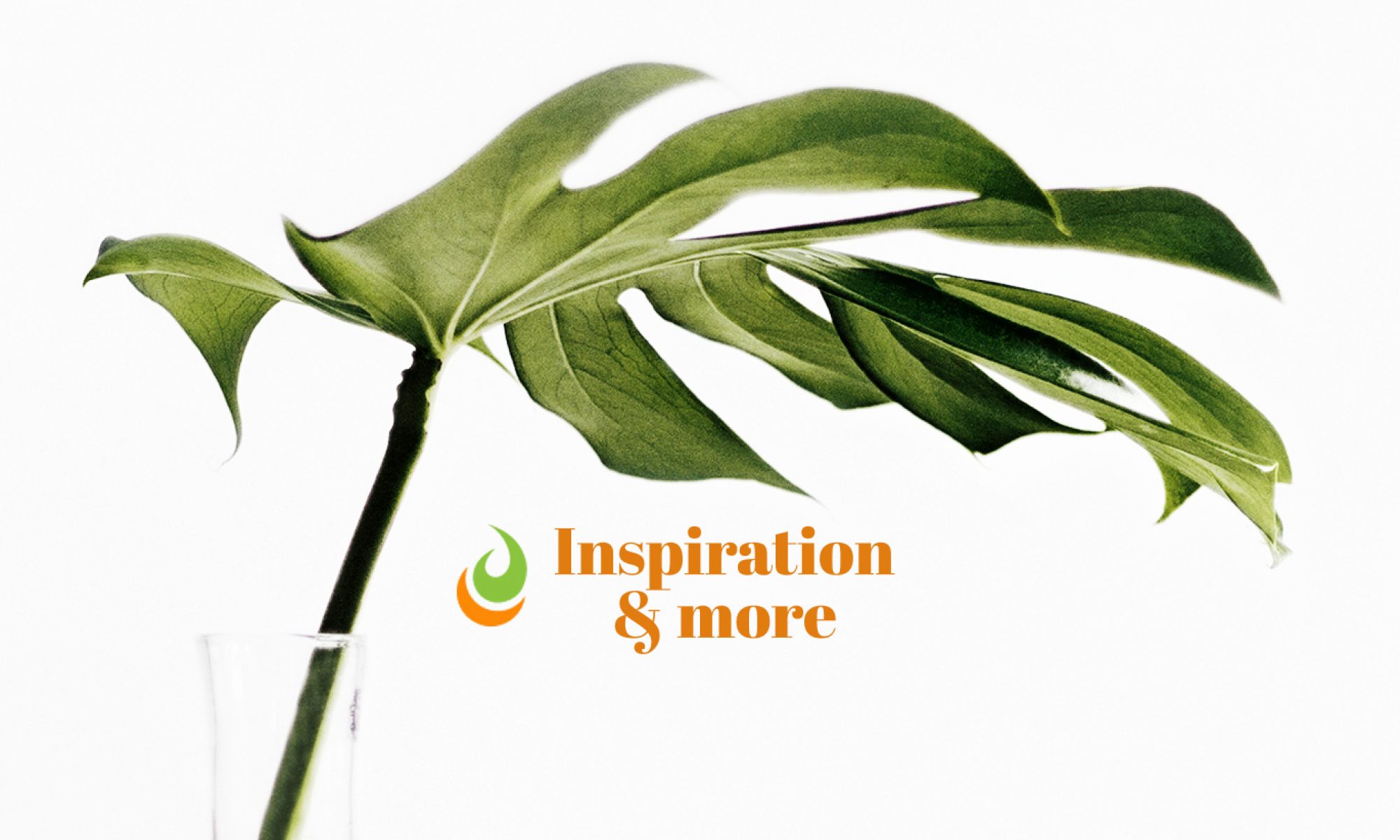intermediate level
In this tutorial, we will convert our photo into a blue print.
Steps
- pen you car photo. I used a photo by Kevin Bhagat on Unsplash.
- Duplicate the background layer [com + J on a Mac] or [ctrl + J on a PC]
- Click D to have the default colors, black and white
- Convert the copied layer to grayscale. I love using Image >Adjustments > Gradient Map, because it gives you higher contrast
- Duplicate this grayscale layer [com + J for Mac] or [ctrl + J for PC]
- Change its layer bland mode to Divide (image would look mostly white)
- Apply a blur to the layer. Filter > Blur > Gaussian Blur. Experiment with settings, but usually monochromatic gives me the better results
- Create a copy of all visible layers by hitting [com + shift+ option + e on a Mac] or [ctrl + Alt + Shift +e on a PC]. Now you have a single layer to adjust, but your original layers are still there. You can hide them and put them in a folder if you like
- Select this composite layer and go to Filter > Filter Gallery > Artistic> Poster Edges. Again, play with the settings
- Change your foreground color to a dark blue and then add a Hue and Saturation adjustment layer to the composite layer. Make sure to click Colorize.
- The lines will look blue and the image has been transformed into a blueprint

Alternate Endings
Inverse blue print

- Create a new Gradient Map adjustment layer. Use a gradient that is going dark blue to white
- In the gradient map properties panel click Inverse.
- Done!!!
From blue print to Photo

Recreate to commonly used effect of a blueprint or drawing becomes a photograph. You only need a few small changes.
- Create a clipping group of the Hue and Saturation and the composite car layer. Hover with your mouse while holding Option [Alt on a PC] to the line separating the 2 layers and click.
- The Hue and Saturation adjustment layer will look indented
- Add a mask to the composite car layer. With a a large, soft brush, paint with black on the mask to reveal the original photo area.
I hope you have enjoyed this tutorial. If you have any questions or suggestions, please leave them in the comments. Thank you

